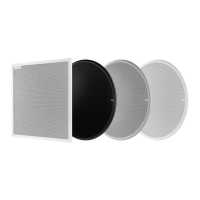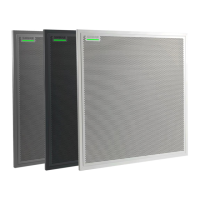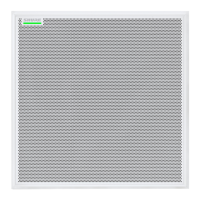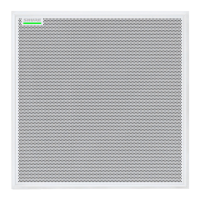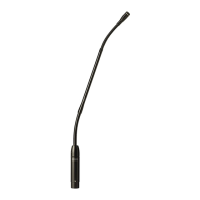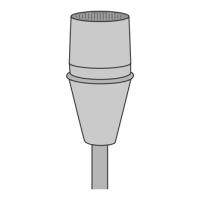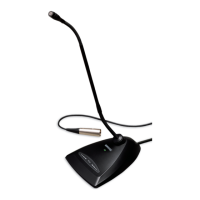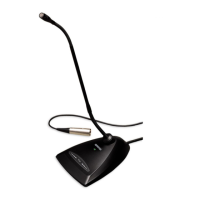Shure Incorporated
2/37
MXA7102-Foot and 4-Foot Linear Array Microphone 4
Getting Started 4
Step 1: Connect to a Network and Discover Devices 4
Step 2: Route Audio and Apply DSP 4
Step 3: Adjust Microphone Coverage 5
General Description 6
Features 6
MXA710 Parts 6
Model Variations 8
Power Over Ethernet (PoE) 8
Cable Requirements 9
What's in the Box 9
Reset Button 9
Reset Modes 10
Installation Guide 10
Choosing Where to Install the MXA710 10
Suspending the Microphone from the Ceiling 11
Installing the Wall-Mounting Bracket 12
VESA MIS-B Compatibility 14
Covering the Microphone with Fabric 14
Controlling Devices with Shure Designer Software 15
How to Adjust Microphone Coverage 15
MXA710 Coverage Examples 16
Using Autofocus to Improve Coverage 20
Adjusting Levels 21
Using Designer's Optimize Workflow 21
IntelliMix DSP 22
DSP Best Practices 22
Acoustic Echo Cancellation 22
Noise Reduction 23
Automatic Gain Control (AGC) 23
Delay 24
Compressor 24
Automix 24
Automix Settings 24
Automix Modes 25
Automix Channel 25
Mute Synchronization 26
Firmware Updates 26
Firmware Versioning 26
Networking Best Practices 26
Switch and Cable Recommendations for Dante Network
ing 27
Setting Latency 27
Network Audio and Shure Control Data 27
QoS (Quality of Service) Settings 28
Digital Audio Networking 28
Compatibility with Dante Domain Manager 28
Dante Flows for Shure Devices 29
AES67 29
Sending Audio from a Shure Device 30
Receiving Audio from a Device Using a Different Audio
Network Protocol 30
IP Ports and Protocols 30
Using a Third-Party Control System 31
Optional Accessories 31
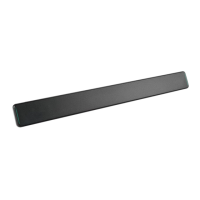
